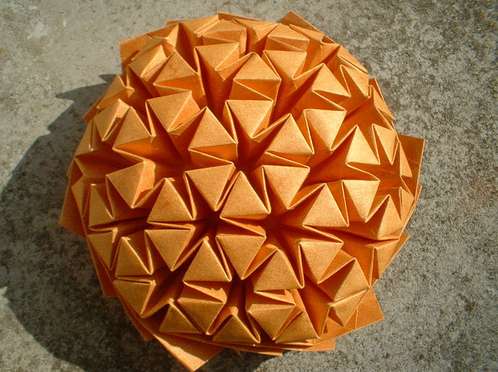
Take a pencil and draw a funky line horizontally across the paper, separating the 'P' 'A' side from the 'R' 'T' side.ģ. Take a square piece of paper and write the letters 'P', 'A', 'R', and 'T' in each corner.Ģ.

Ready for a more complex challenge in creating amazing tessellations? The "PART" to "TRAP method is a great way to create a unique shape that you can trace over and over again on paper for an intricate tessellation design!ġ. Fit all of your new tessellation pieces together to create a beautiful, puzzle-like work of art! Very important -be sure to maintain the same orientation of your cut-out shape every time you tape it!ħ. Repeat Step 4 and Step 5 for each of your remaining squares. Tape your cut-out shape to that side of the square, lining up the long flat edges.Ħ.

Rotate the square by 90˚(one corner in either direction) so that you have a fresh, flat, un-cut edge of the square facing you. Take one of your squares and cut out your tracing.ĥ. You should now have four squares of paper, each with your shape traced out in the same way.Ĥ. Ensure that your oddly-shaped cut-out is facing the same way every time you trace it. Repeat for each of the remaining three squares. Trace your cut-out onto the square with your pencil.ģ. Line your oddly-shaped cut-out on top of a second square of paper, lining up the long edges. (So if you start cutting from the bottom side of the square, make sure your scissors finish cutting on the bottom side of the square!)Ģ. Take one square piece of paper and cut a weird shape out of one side of the square. Start with five squares of paper that are the same size.ġ. Great for beginner cutters, and a great next step into more complex tessellation making.Ġ. Do they fit together? Try creating more complex shapes, like fish, flowers, or even dinosaurs! Now try drawing that shape again immediately next to the first shape. Step it up: Ready for a harder challenge? Skip Step 2 and just try drawing a shape on a piece of paper.

If your shapes are fitting together perfectly, keep drawing them in each row until your entire sheet is filled up.ĥ. Do they fit together perfectly? What if you draw a third shape immediately next to the second shape? Do they still fit together perfectly?Ĥ. Draw that shape again immediately next to your first shape. In one row, draw a simple shape that spans the entire height of the row (see image above), such as a square, triangle, a lopsided rectangle (parallelogram), or other shape of your choice. Divide the paper up into equal width rows (or columns) about 3-4 rows for a small sheet will work very well.ģ. We recommend starting with half of a regular 8.5" x 11" white sheet of paper.Ģ. Start with a piece of paper and a pencil. No cutting is involved for this starter tessellation design, making it a great starting project for younger artists.ġ.


 0 kommentar(er)
0 kommentar(er)
